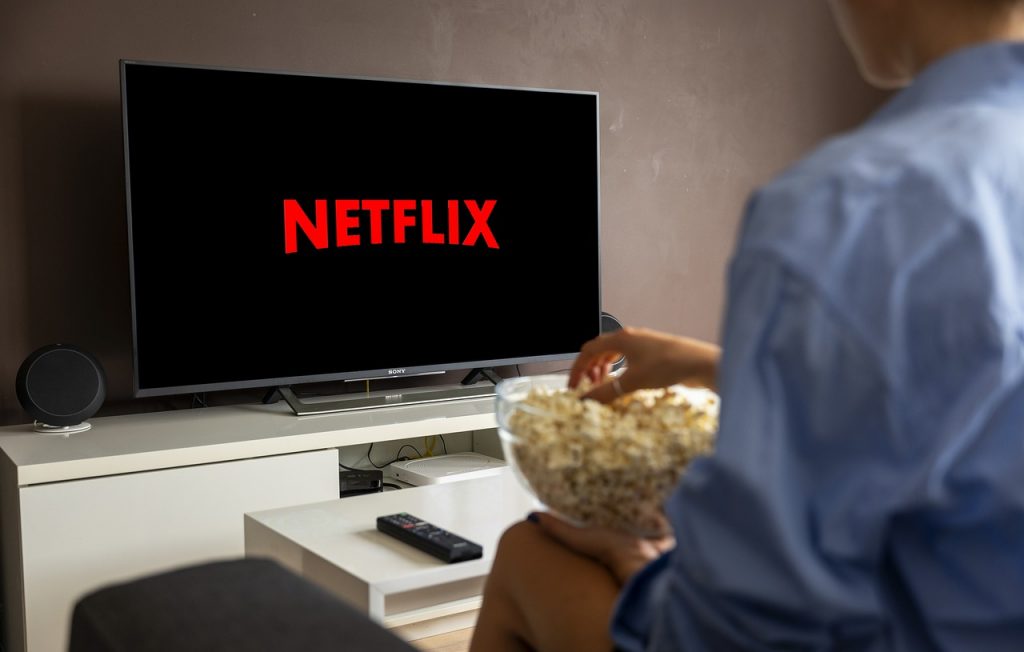The Shrewd Way Netflix Manipulates Its Viewer Data
Learn the surprising way that Netflix manipulates viewer data in service of making its platform look better.
This article is more than 2 years old

Netflix has had quite the rocky road as of late. The streaming behemoth just experienced a historic loss of subscribers, marking the first time that figure has declined for Netflix in 10 years. It’s no wonder the company is reevaluating how it does things. This includes the way it measures viewer engagement with its original series. In what amounts to a shrewd and covert maneuver, CNET reported that Netflix quietly manipulated how it measures key viewer metrics.
The change coincided with the premiere of the much-anticipated fourth season of the fan-beloved show Stranger Things. And it was likely done to ensure beyond a shadow of a doubt that Stranger Things climbed to the tippy top of Netflix’s viewership charts. So what exactly was this change? It was actually quite simple. Netflix simply extended the time that it measures viewer data subsequent to a program’s premiere. In this case, it extended the time from 28 days to 56 days. The company justified this by using Stranger Things’ unique premiere circumstances. Instead of launching all of season 4 all at once, the season is instead is premiering in two parts. Hence, the all too convenient rule change.
While on the surface it doesn’t seem like too big of a deal that Netflix tweaked its own rules to make one of its most popular shows look even better, the company’s underlying motivations are likely far less superficial. The bottom line is that if Netflix wants to continue to enjoy the immense success it has had over the past decade, it is going to need a way to recoup its subscriber figures. One of the ways that the company plans to do this is by partnering with advertising agencies to subsidize subscription costs. The strategy here is that if Netflix is able to attract advertisers, the company can then use that revenue to offer a less expensive tier to its viewers in the hopes that lower prices will prompt lost subscribers to return and new viewers to sign up.
The catch is that in order for Netflix to do this successfully they need to show advertisers the value in placing ads on their platform. Thus, changing the way they count viewer metrics to make Stranger Things (and subsequent shows) look even better is in service of that ultimate goal. Interestingly enough, while this strategy might work to draw advertisers in initially, it likely won’t be something Netflix can rely on for long. This is because advertisers likely won’t appreciate the inflated and bloated data that Netflix is currently working off of.
Dallas Lawrence, head of communications and brand at Samba TV, put it best when he said advertisers buying up slots on the platform “will not allow Netflix to grade its own homework.” Why? Because these people are in the business of making money and unless they have accurate data to work off of they cannot guarantee their desired results. In what amounts to nothing short of an ironic twist, it seems as though Netflix’s shrewd self-serving tactics are on a time limit.





